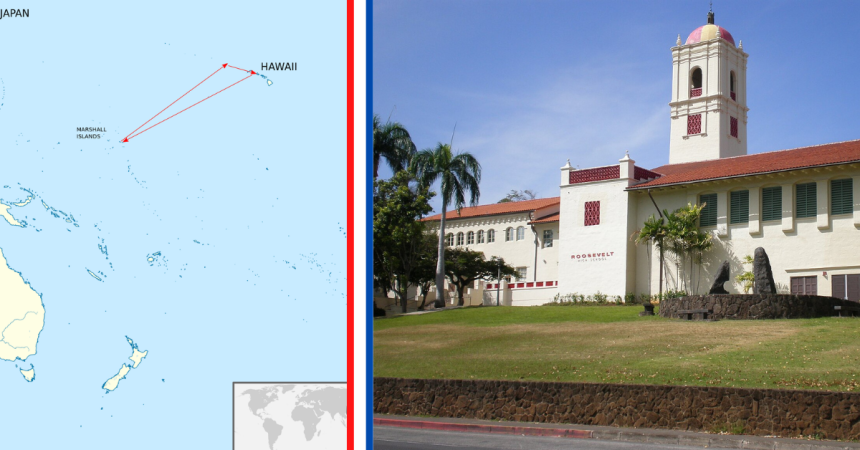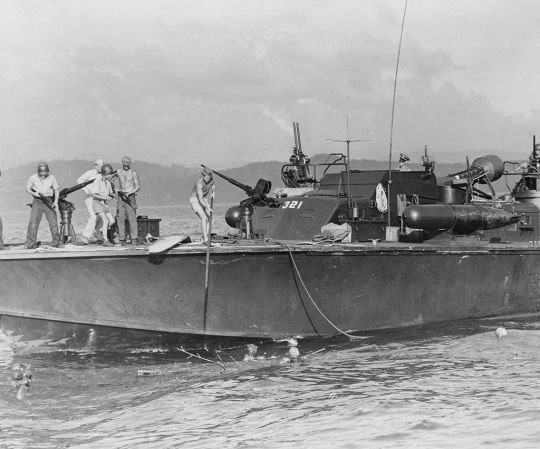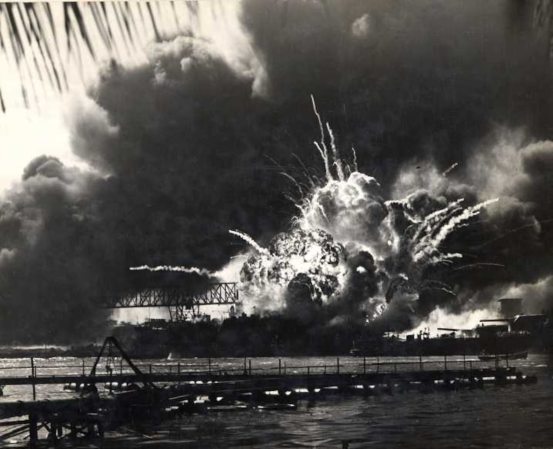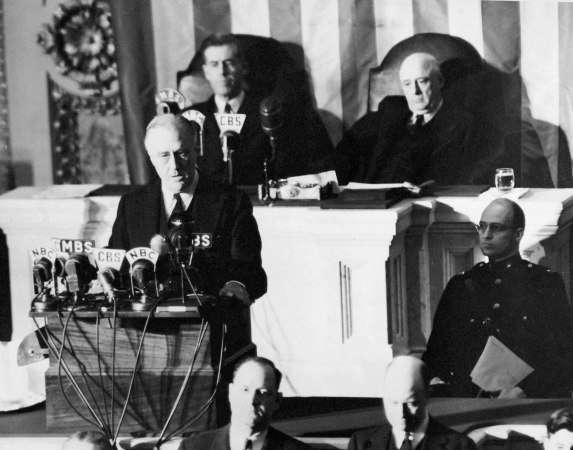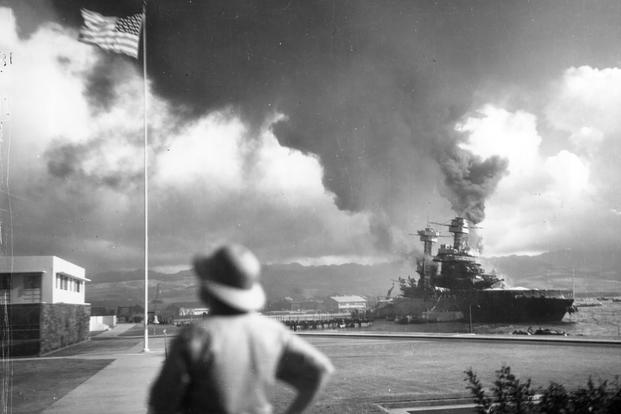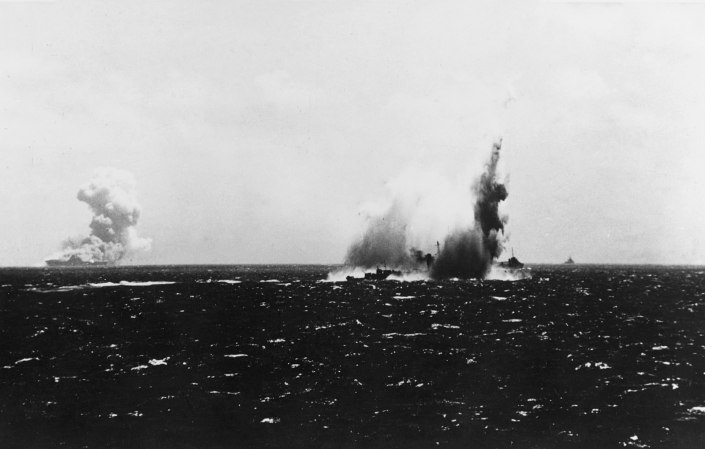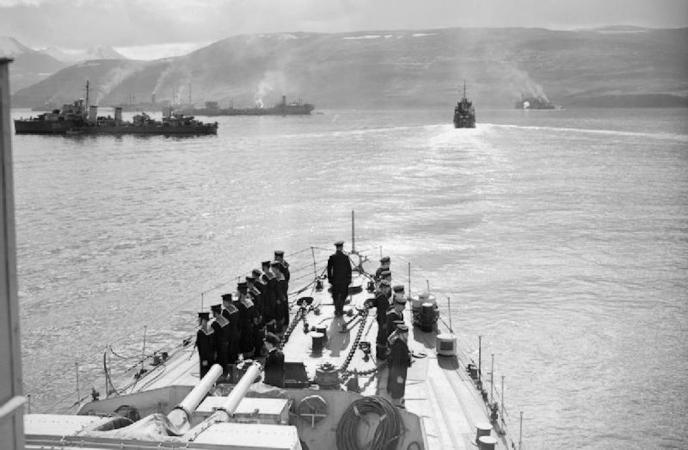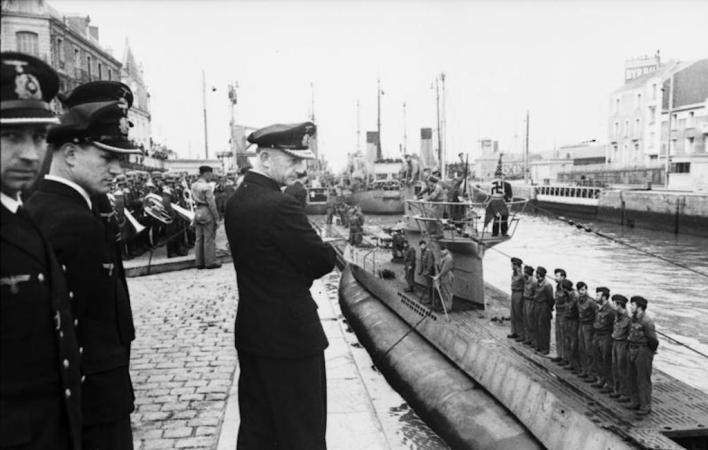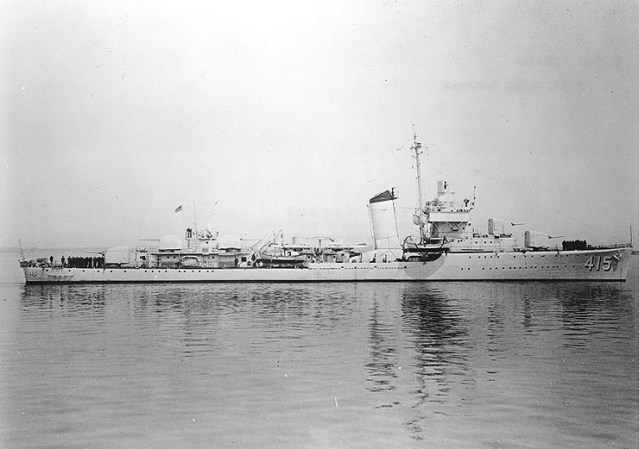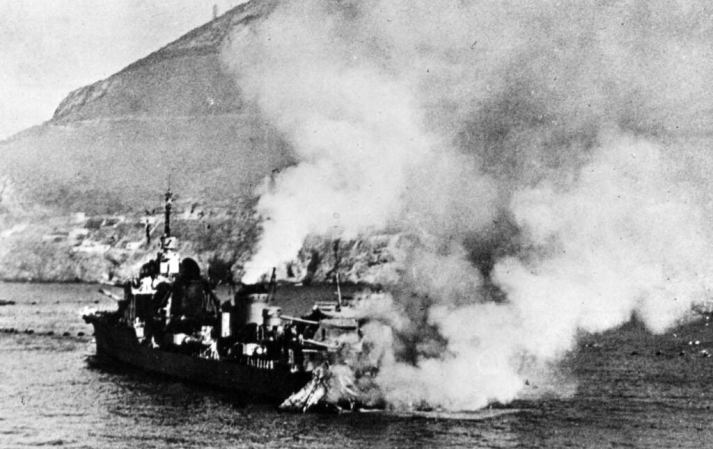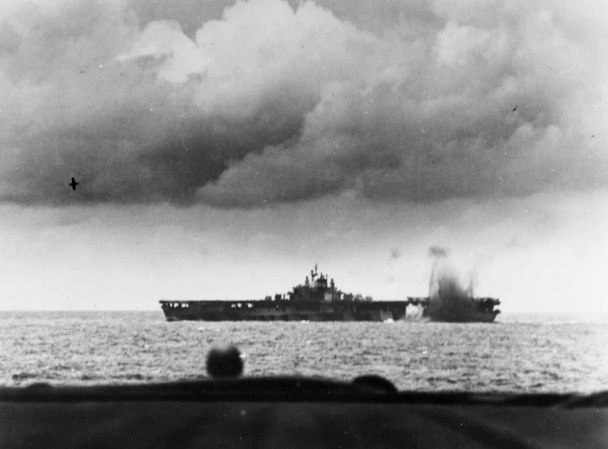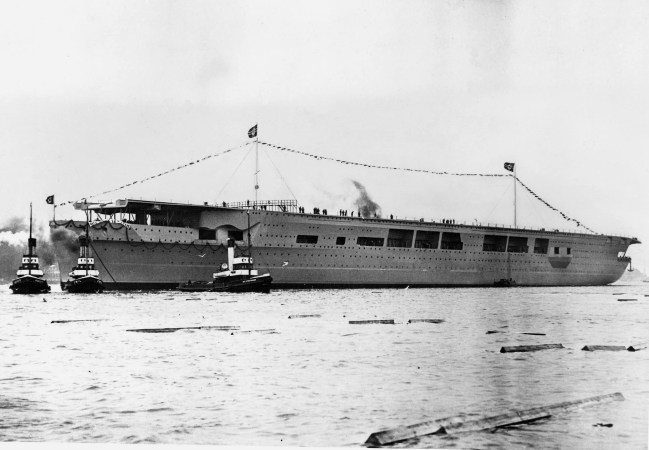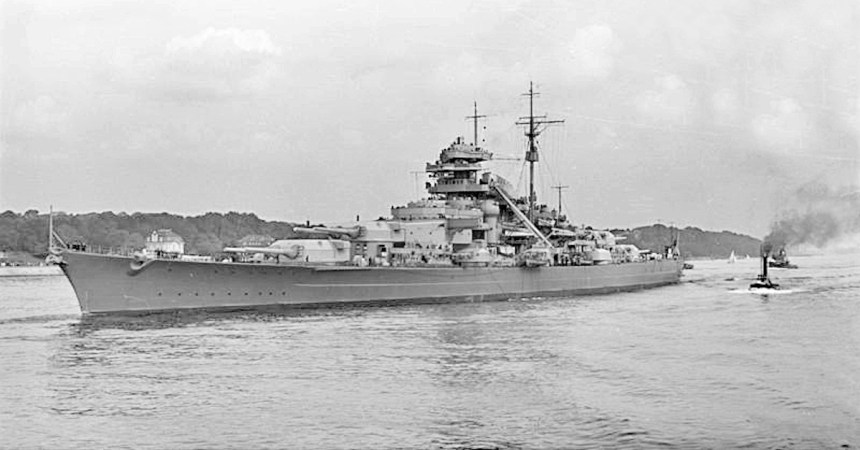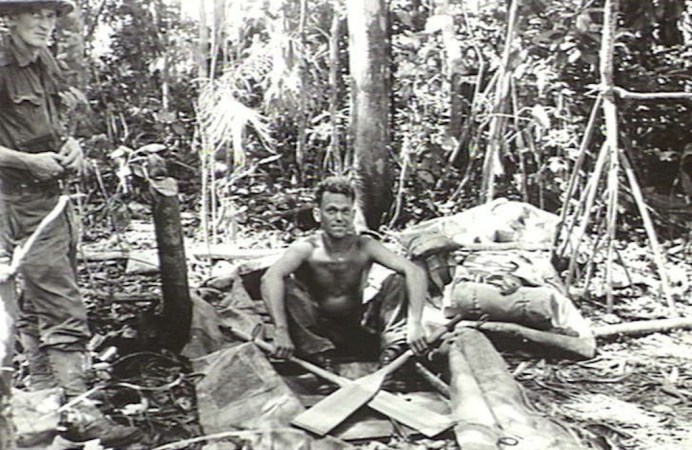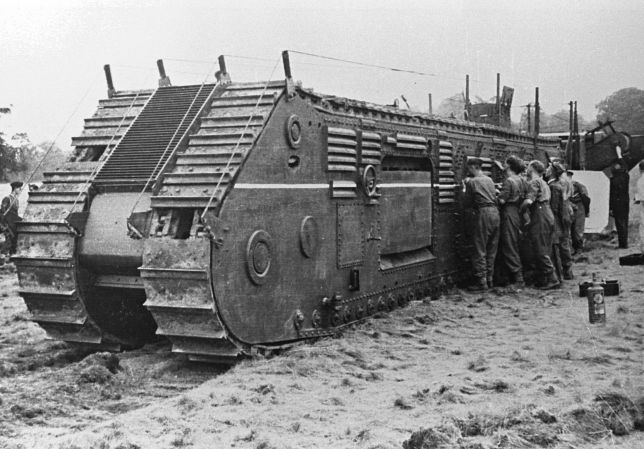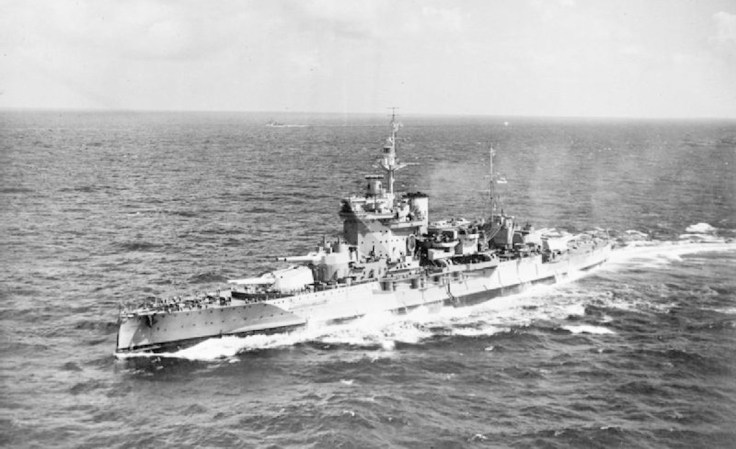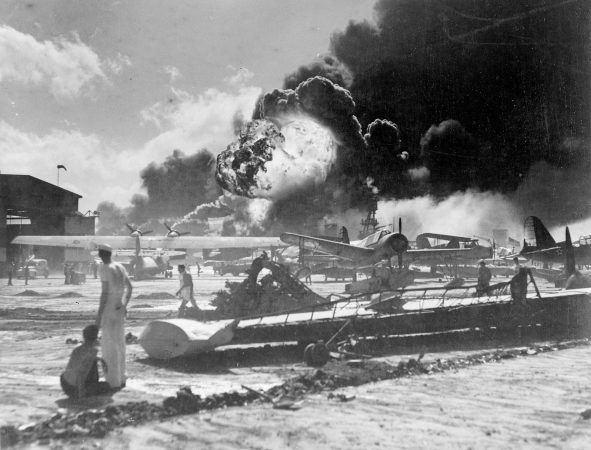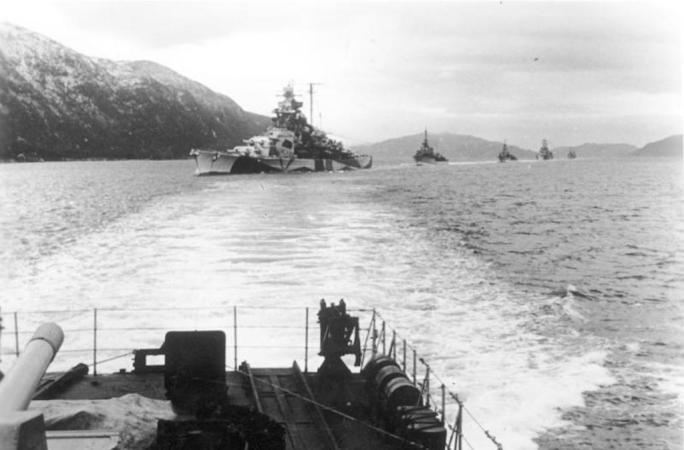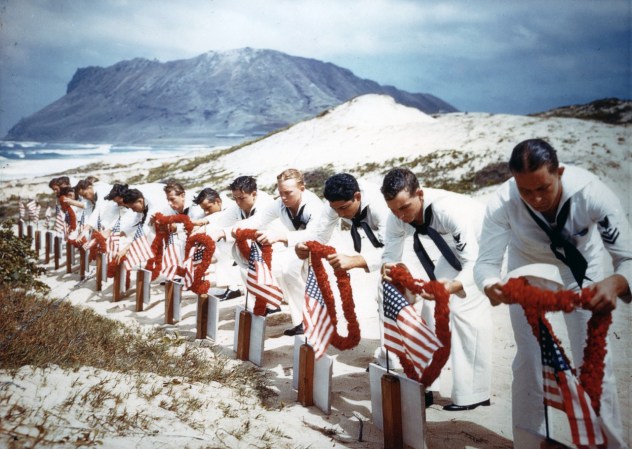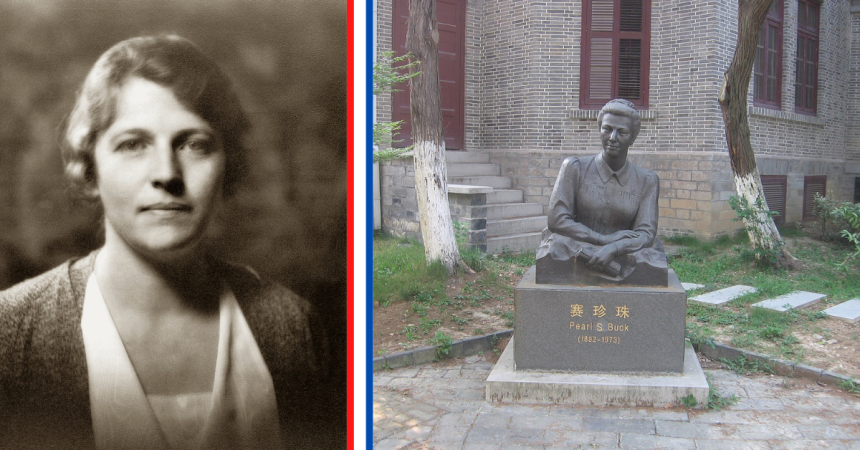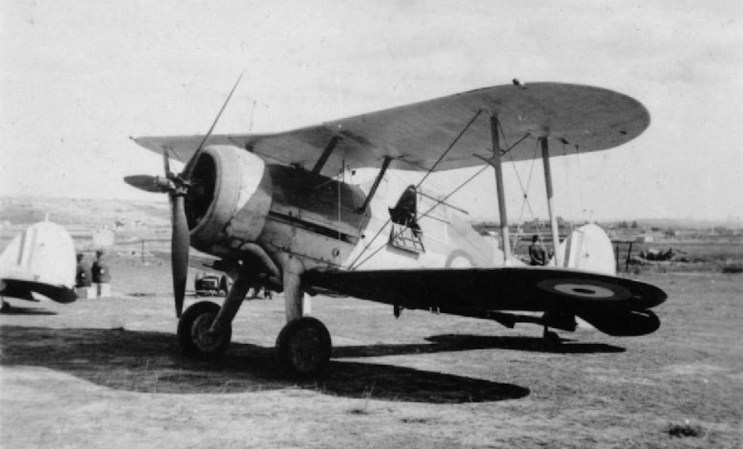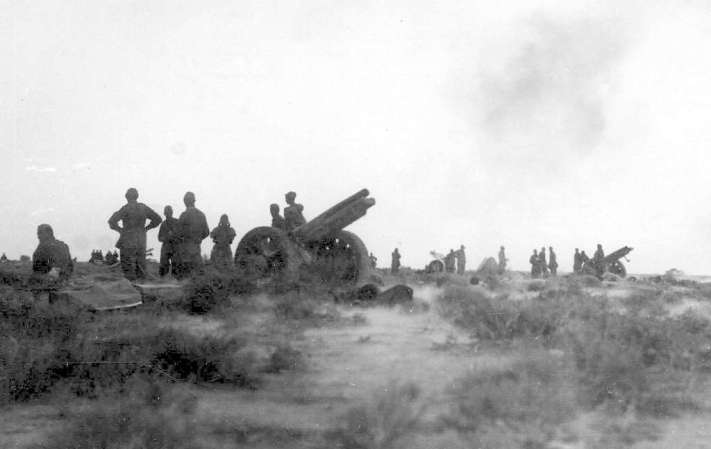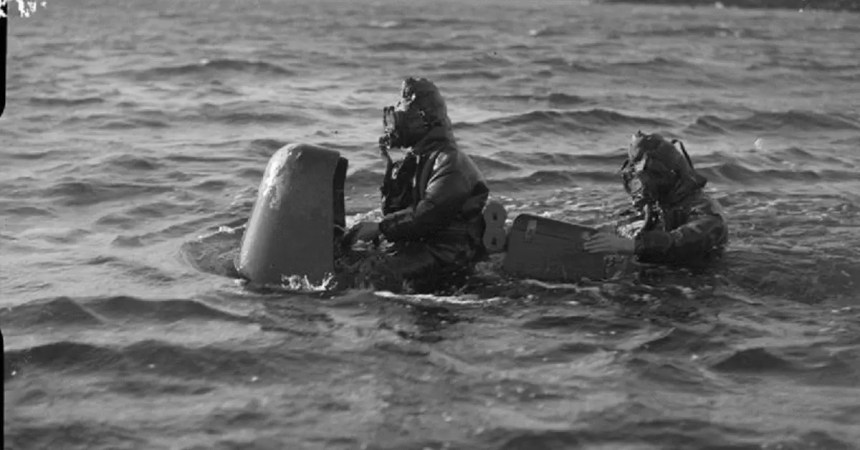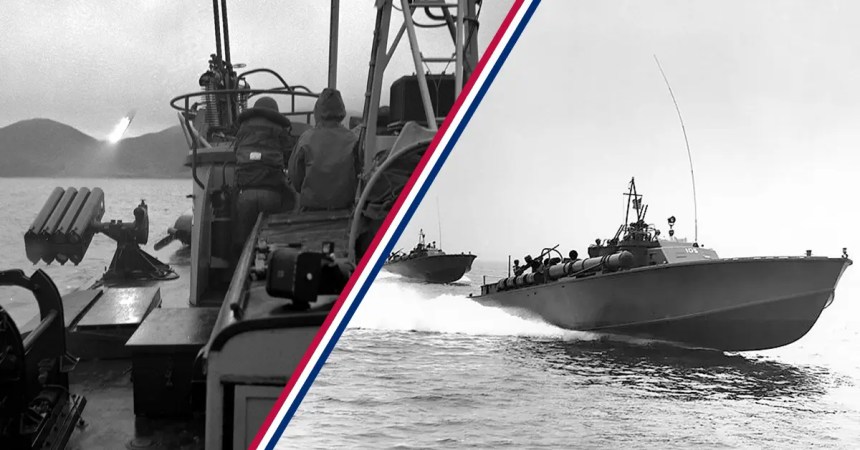On December 7, 1941, the Imperial Japanese Navy conducted a surprise attack on the U.S. Navy base at Pearl Harbor in Honolulu, Hawaii. The engagement was an overwhelming tactical victory for the Japanese who succeeded in sinking four battleships, one former battleship and damaging four more. Planning for the attack was spearheaded by Admiral Isoroku Yamamoto and began in early 1941. However, his inspiration came from British Navy Admiral Andrew Cunningham the year before.

In 1940, the airplane was not the proven military weapon that it is today. Although the wood and canvas biplanes of WWI had evolved into metal monoplanes during the interwar period, the lethality of aircraft had yet to be proven. Ironically, it was a biplane with struts and braces and covered in fabric that validated the importance of the airplane on the battlefield.
The British Royal Navy maintained control of the Mediterranean Sea through its bases at Gibraltar, Malta, and in Egypt. However, the entry of Italy into WWII in 1940 threatened this. Italy’s naval doctrine kept its mighty First Squadron in port at Taranto, on the southeast coast, as a projection of power from anchor. Still, the presence of six battleships, seven heavy cruisers, seven light cruisers, and 13 destroyers was unsettling to the Royal Navy and its vital shipping convoys.

In order to deal a devastating blow to the Italian Navy, the British decided that the attack had to be carried out at night. The only way to conduct a night raid on Taranto was with airplanes. Specifically, the Fleet Air Arm’s Fairey Swordfish biplane torpedo bombers were capable of night attack and could strike the harbor with little warning, minimizing the Italian defenses. Under Admiral Cunningham, British Mediterranean Fleet commander, this plan became known as Operation Judgment.
Judgment called for a small strike force of 24 Swordfish; half served as primary strike aircraft carrying torpedos while the other half carried aerial bombs and flares to create diversions. After several reconnaissance flights were made from Malta, aircraft carrier HMS Illustrious and her task force assembled near Cephalonia, about 200 miles from Taranto. On November 11, 1940, just before 2100 hours, the first 12 Swordfish took off. Ninety minutes later, the second wave of nine Swordfish followed. However, the already reduced force dropped yet another plane due to a mechanical problem.

The 20 planes relied on auxiliary fuel tanks to reach Taranto. Waiting for them there were 101 anti-aircraft guns and 193 machine guns. However, the Italian gunners were primarily focused on high-altitude attacks. Low-flying aircraft like the Swordfish were defended against with barrage balloons. Luckily for the British, high winds blew away 60 balloons and left just 27. Moreover, only one-third of the 42,000 feet of anti-torpedo nets were installed around the Italian capital ships. Regardless, these nets failed to reach the bottom of the harbor and the British torpedos could clear them by about two feet.
The first wave struck Taranto at 2258. Bombs set oil tanks ablaze while torpedos ripped holes in two battleships. One Swordfish was shot down in the first wave and the two crewmen were subsequently captured. The second wave struck just before midnight and scored a direct hit on a third battleship for the loss of one Swordfish and its two crewmen KIA. In addition to disabling three battleships, the aerial attack damaged one heavy cruiser and two destroyers. The Italian lost 59 men killed and 600 wounded.

Launched from Illustrious, the Swordfish attack on Taranto was the first all-aircraft ship-to-ship naval engagement in history. “Taranto, and the night of 11–12 November 1940, should be remembered forever as having shown once and for all that in the Fleet Air Arm the Navy has its most devastating weapon,” Cunningham famously said. Taranto proved that torpedo planes could devastate the battleships that the world’s navies held in such high value. Moreover, the IJN sent an observer to Taranto to investigate the attack. After developing a breakaway wooden torpedo nose for use in shallow ports, the Japanese scaled up Operation Judgement and carried out a similar attack on Pearl Harbor the next year.



